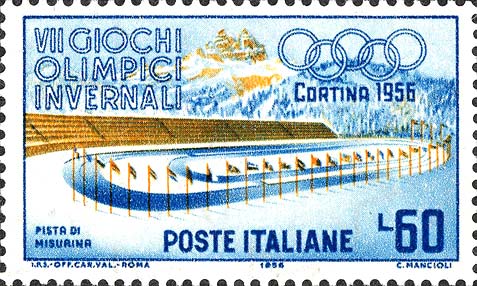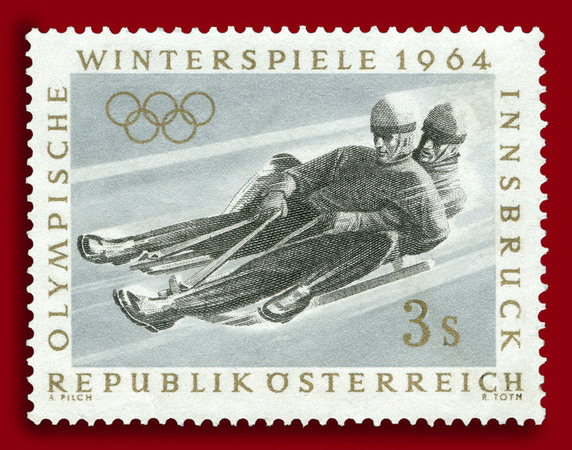The Winter Olympics have a rather adventurous origin. The first winter games were the so-called ‘Nordic Games’, which took place for several years from 1901 onwards, almost always in Sweden. The importance of this event for the Nordic nations, who competed alone, was decisive and led to the rejection of the proposal to the IOC by Italian Count Eugenio Brunetta d’Usseaux to organise a week of winter sports as part of the programme of the 1912 Summer Olympics in Stockholm. The same idea was again proposed for the 1916 Games, which were to be held in Berlin. A week of winter sports was planned with speed skating, figure skating (which had already taken place at the 1908 Summer Games), ice hockey and Nordic skiing, but the 1916 Olympics were cancelled due to the outbreak of the First World War.
The Winter Olympics are held, like the Summer Olympics, every four years. Until 1986, both Games were held in the same year, then the IOC decided to keep the Winter Olympics as a four-yearly event, but interspersed with the Summer Olympics. Therefore, the Lillehammer edition was brought forward to 1994, two years after the Albertville edition. Unlike the Summer Olympics, the numbering of the editions was interrupted during the war period, and therefore, as the 1940 and 1944 editions were not held, the 1948 edition of Sankt Moritz is considered to be the 5th and not the 7th edition.


In 1924, 258 athletes from 16 nations gathered in the Alpine town of Chamonix, France, for what would later become the first Winter Olympic Games. Since then, the Games have evolved to become the most important winter sports event in the world. Today, up to 3,000 athletes representing over 90 National Olympic Committees take part in an increasing number of disciplines.
Italy took part in the first edition with fourteen athletes, collecting a sixth place in the bobsleigh as its best result.
‘Although Chamonix 1924 was officially recognised as the first edition of the Olympic Winter Games by the IOC in 1926, it was nevertheless a key moment in the history of Olympism and the Olympic Games,’ emphasised International Olympic Committee president Thomas Bach. ’And with the exception of two editions, the event has been a fixture on the Olympic calendar for a century, arousing great emotions each time, with winter sports on snow and ice continuing to fascinate.’
Including the first edition, held in Chamonix from 25 January to 5 February 1924, there have been 24 editions hosted in 13 different countries. Of the 258 athletes present in Chamonix, only 13 were women while, almost a century later, the Beijing 2022 Games hosted 2871 athletes, 45% of whom were women with this percentage expected to grow to 47% in Milan Cortina 2026.
Originally based on European sports accessible to a few people, the Games helped introduce winter sports to a wider audience, both professionals and amateurs.


